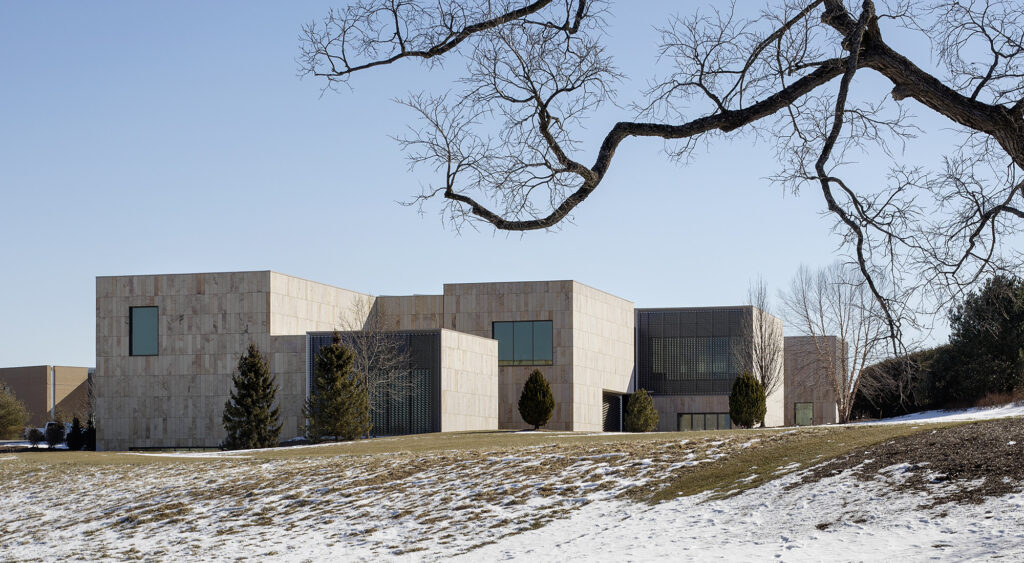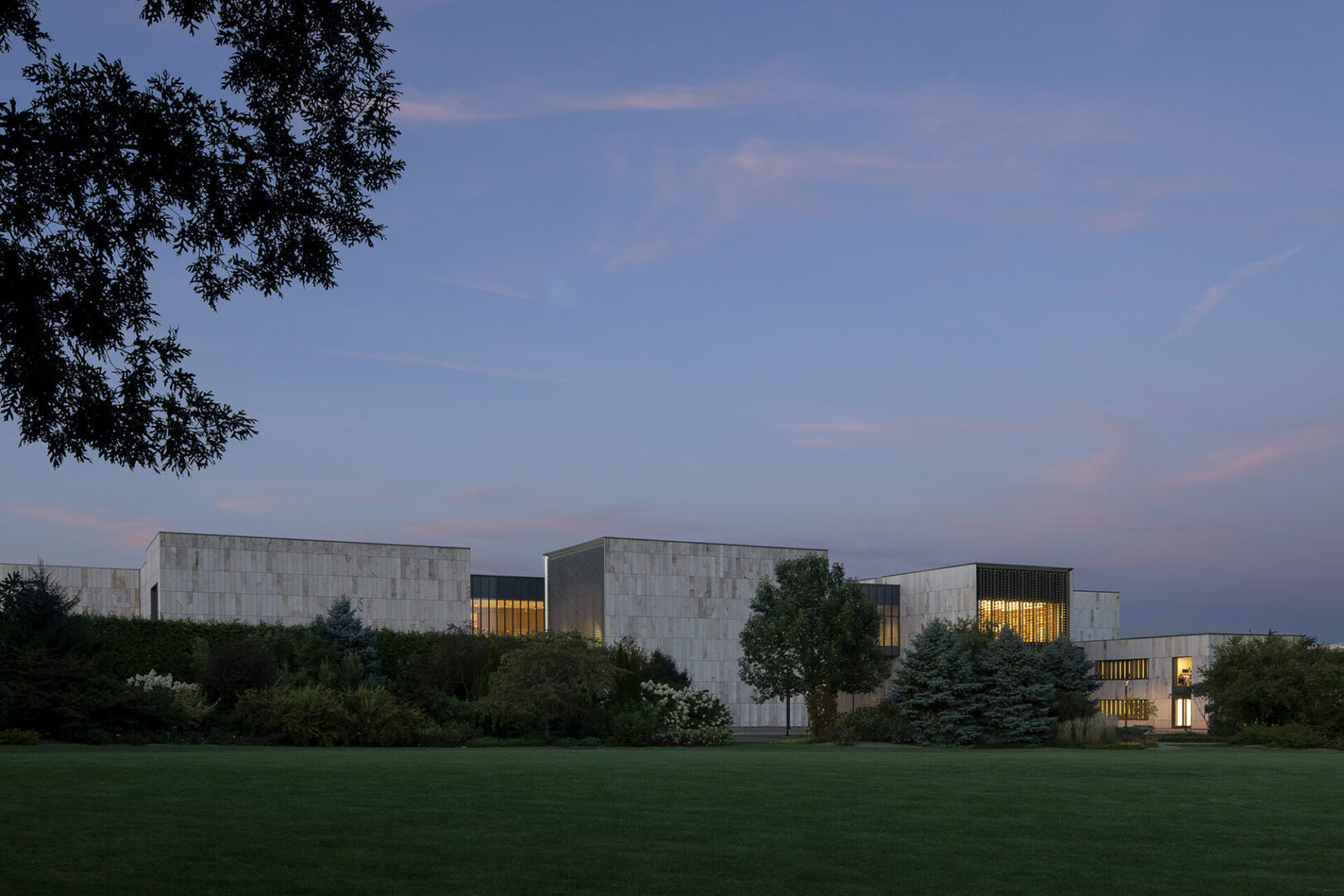Penn State’s new Palmer Museum of Art is scheduled to open June 1, but the university has offered an early peek inside with the release of new photos.
Located at The Arboretum, the $85 million building “boasts unique design elements that bring the outside in, fostering a sense of connection with the landscape and inspiring visitors to reflect on the relationship between art and nature,” according to a museum news release.
At 73,000 square feet, the new building, designed by Allied Works, nearly doubles the footprint of the museum’s former longtime home on Curtin Road. It includes 20 light-filled galleries, new educational and event spaces, a museum store and café, a sculpture path and outdoor terraces.
“A visit to the new Palmer Museum provides a remarkable opportunity to meander through spaces filled with works of art as though one were strolling through the landscape, experiencing art, architecture and nature as something both intimate and immense,” Palmer Museum Director Erin M. Coe said in a statement. “Enhanced accessibility to the museum’s collection and other new amenities, such as educational and events spaces, elevate those experiences further. It is my hope that visitors will not discern a separation between the architecture that contains these spaces and the outside landscape, but rather conceive of both as one.”
The design of the new museum, which will be LEED-certified, is inspired by and aims to complement the adjacent H.O. Smith Botanic Gardens at the Arboretum. Interlocking outdoor pavilions are clad in local sandstone and an overhead bridge connecting the buildings exhibition and administration/education wings serves as a gateway to the gardens.
The 5-acre landscape has been designed by Reed Hilderbrand to welcome visitors approaching the museum. Inside, the experience with nature continues.
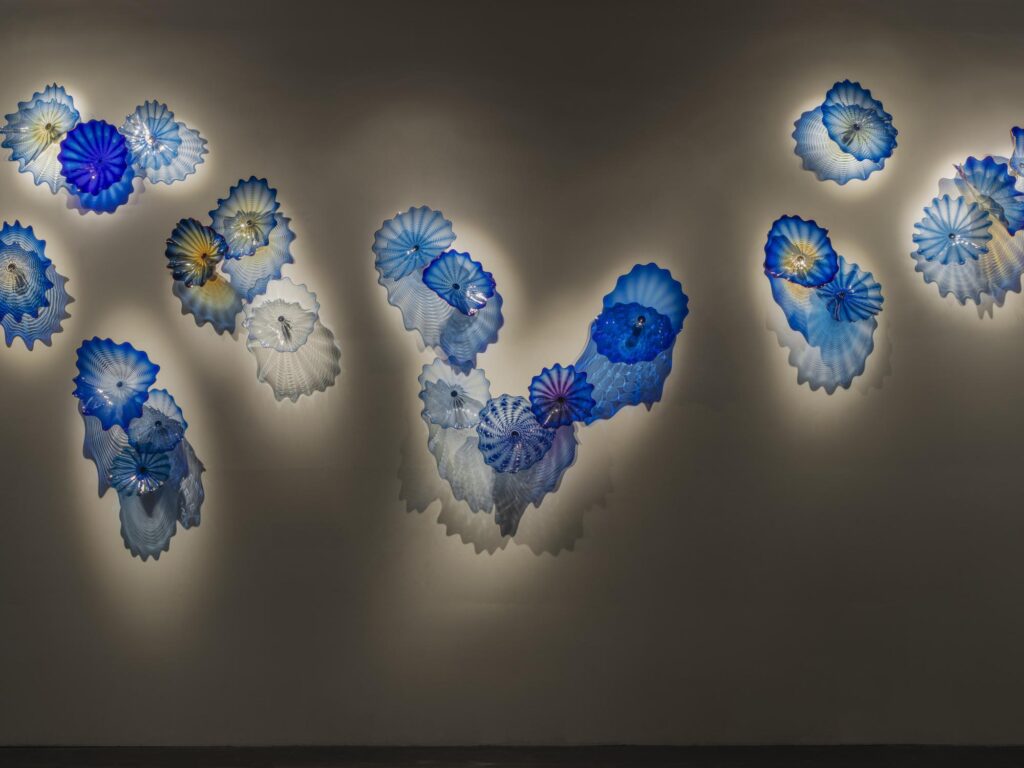
Anchoring the museum’s feature staircase, “Lupine Blue Persian Wall,” a 13-foot site-specific installation by artist Dale Chihuly, will debut with the opening of the new building. The Kish Bank and William P. Hayes Family Exploration Gallery, meanwhile, will feature “a plant-themed artwork creation activity that welcomes visitors to color plants that are brought to life when synthesized into a collective digital canvas,” according to the release.
The building’s westside exhibition wing, the larger of the two wings, will house the museum’s 15 permanent galleries and five dedicated to special exhibitions.
Three new exhibitions are scheduled to debut with the museum’s opening, including “MADE in PA,” which will be on view through Dec. 1 in the Michael J. and Aimee Rusinko Kakos Gallery and the Jason D. Kogan Gallery. The show highlights three generations of artists who are natives of Pennsylvania or built their careers in the commonwealth and features paintings, sculptures, mix-media works and installations created after 1945.
The companion exhibition “MADE in PA on Paper,” will be on view in the second-level Greider Family Gallery through Sept. 8. It will include “prints, drawings and watercolors that explore Penn State’s legacy as a land-grant institution and features works that celebrate the commonwealth’s beauty, natural resources and urban centers from the 18th to the 20th centuries.”
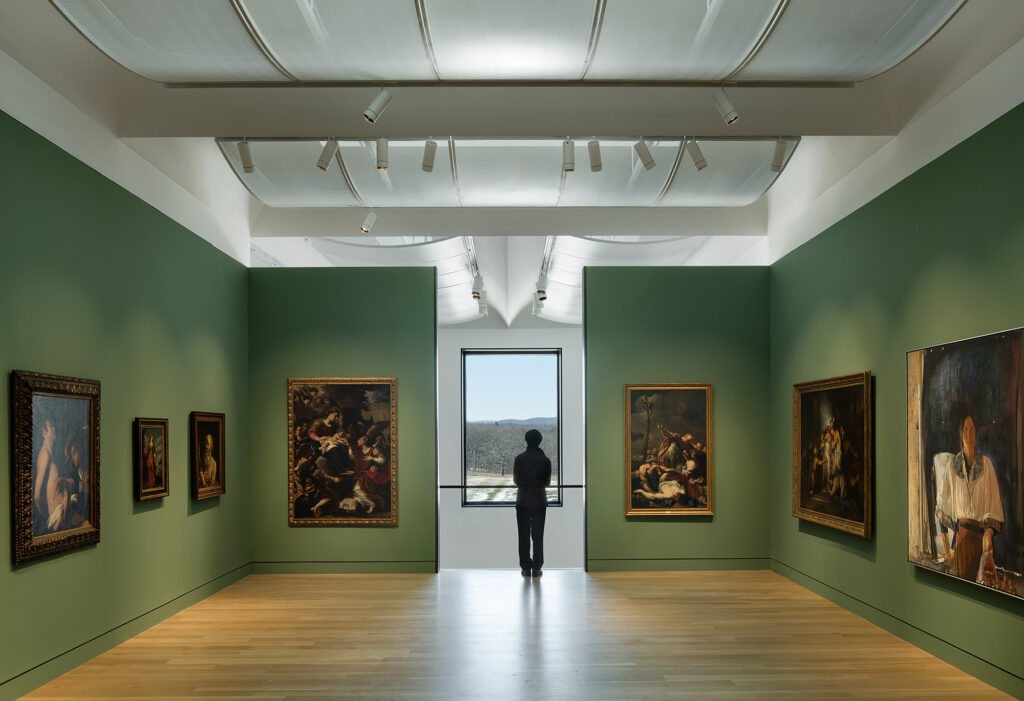
With a growing permanent collection of more than 11,000 works of art, including a renowned collection of American art, the Curtin Road museum allowed for only 3 to 4% of the collection to be displayed at any one time, university officials previously said. The new museum will allow for the display between 7 and 8% at a time.
In its first year, the new museum will reveal recent acquisitions of work by artists such as Fernando “Coco” Bedoya, Joseph Delaney, Lawrence Ferlinghetti, Rodrigo Lara, David MacDonald, Malcolm Mobutu Smith, Toshiko Takaezu, Akio Takamori, Kukuli Velarde, Patti Warashina, Purvis Young, Malcah Zeldis and Arnold Zimmerman.
In addition to a need for more space, Penn State officials have said the previous building’s aging systems pose a concern for preserving works of art, and its location on central campus makes it less accessible for guests due to a lack of nearby parking. (Parking for the new museum will be in the Lewis Katz Building lot across Bigler Road, and a bus drop-off area will be located in front of the museum.)
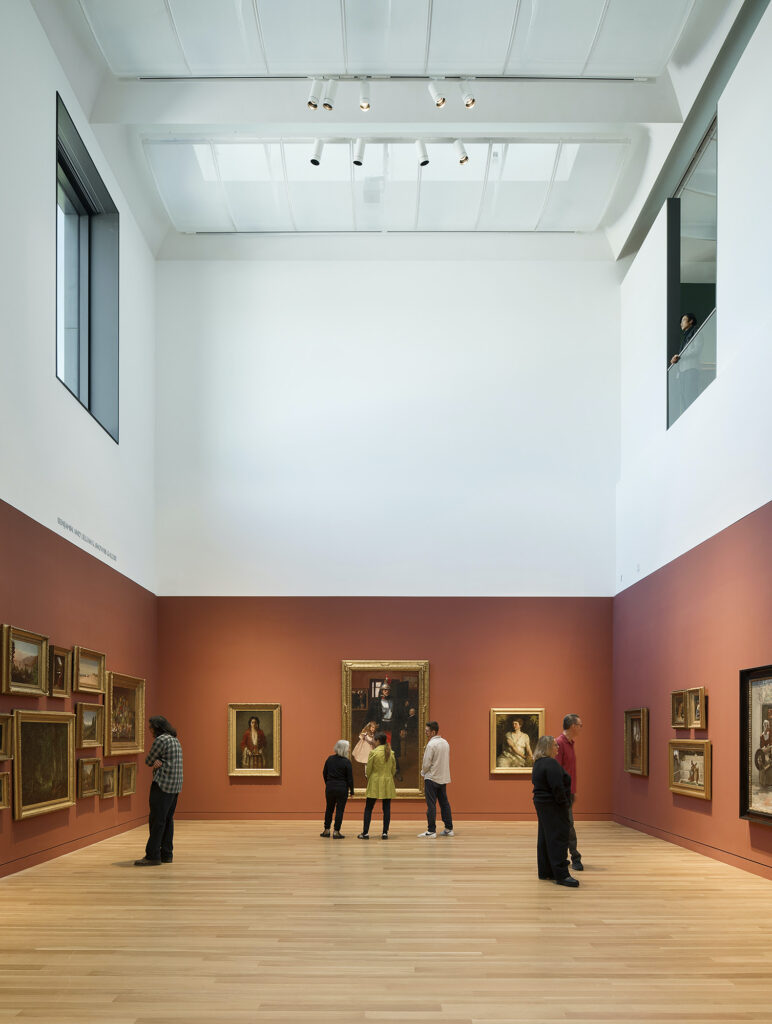
Construction for the new museum began in July 2021. University officials have said the museum’s former building, which will retain the large the bronze lion’s paws that flank its front steps, will be repurposed as a student-focused space, but have not yet announced specific plans.
